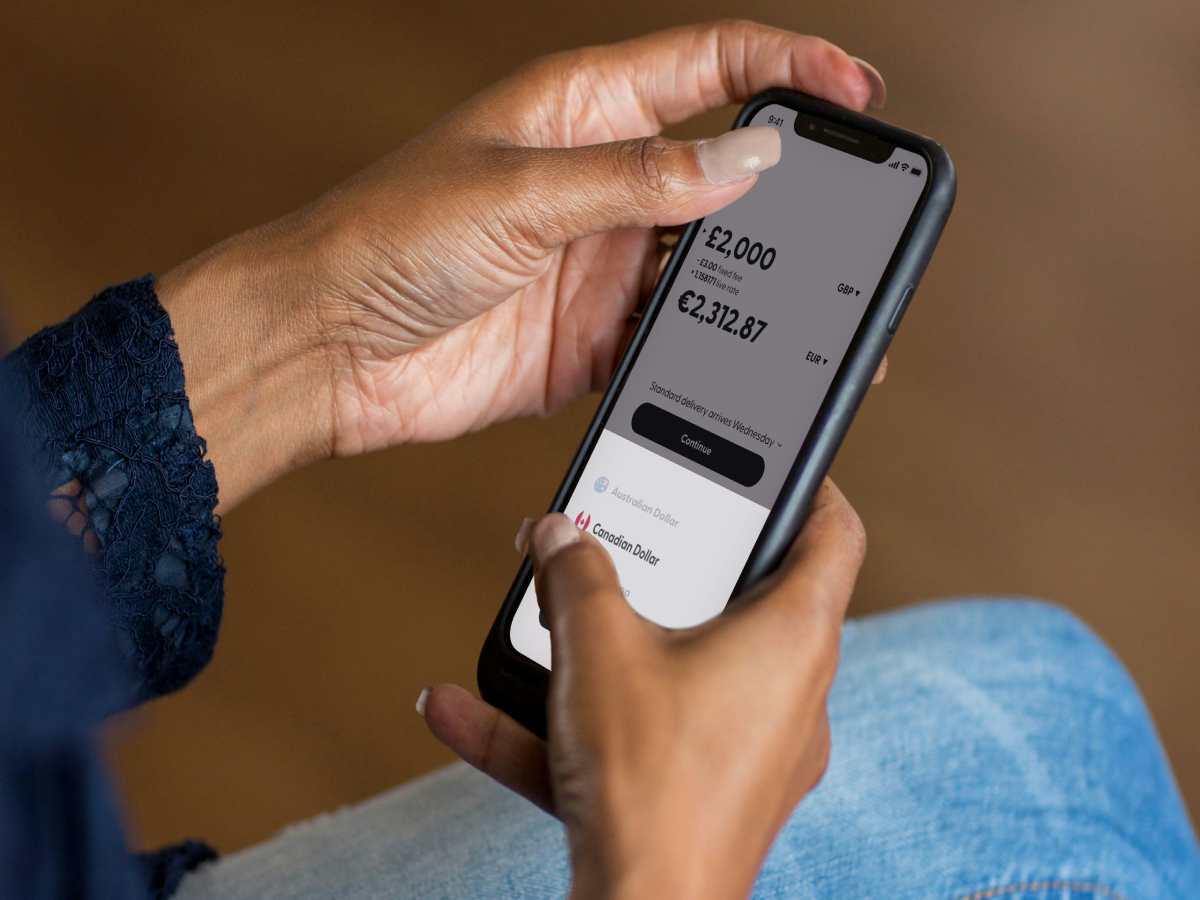India is one of the world’s largest recipients of remittances, with billions of dollars flowing into the country each year. Behind these staggering figures lies a deeply human story: workers abroad sending support to their loved ones, parents funding their children’s education, and families investing in businesses that keep local economies thriving. What has changed dramatically in recent years is how this money moves. Gone are the days of long queues and costly delays—today, online money transfer to India has turned a once-complicated process into an instant connection across continents.
For decades, traditional money transfer relied heavily on banks and offline agencies. While reliable, they were often slow, inflexible, and expensive. A wire sent from the United States or the United Kingdom could take several days to clear, with fees consuming a significant share of the amount. This was especially frustrating for people supporting families who depended on timely remittances for essentials like healthcare or daily expenses. The rise of digital platforms has rewritten this story. With just a smartphone and internet access, funds can now reach India in a matter of minutes, whether to a bank account or a mobile wallet.
What makes India unique in this landscape is its rapid embrace of digital finance. Over 80% of Indian adults now have access to a bank account, thanks in part to government initiatives like Jan Dhan Yojana. Combined with the explosive growth of Unified Payments Interface (UPI), India has built one of the most advanced real-time payment ecosystems in the world. This infrastructure means that when people abroad use online money transfer to India, recipients can access their funds instantly and securely, even in remote towns and villages.
The scale of this digital remittance revolution is massive. According to the World Bank, India received more than $120 billion in remittances in 2023 alone—a global record. To put it into perspective, this is larger than the GDP of some countries. And because a significant share now moves through online channels, fees have been falling sharply. Where it once cost 7–8% of the transfer amount, some services today offer fees under 3% with competitive exchange rates. Over time, this means billions of extra dollars stay in the hands of Indian families rather than intermediaries.
Beyond immediate family support, these digital inflows play a pivotal role in shaping India’s future. Remittances fund education, healthcare, and housing, but they also fuel entrepreneurship. Small shops, farms, and start-ups often rely on money from relatives abroad to get off the ground. This not only strengthens households but also contributes to job creation and community development. Moreover, transparent digital transactions reduce risks of fraud and enhance financial accountability, building greater trust in the system.
Looking ahead, the landscape is likely to evolve even further. Blockchain-based platforms promise to make international transfers nearly instantaneous, with added layers of transparency. As competition grows among fintech companies, users can expect lower fees, better exchange rates, and more user-friendly experiences. For India, this continued shift means a stronger, more resilient economy supported by the global diaspora’s commitment.
In conclusion, remittances are far more than money—they are bonds of love, responsibility, and hope that stretch across oceans. Thanks to technology, the process is no longer burdened by distance or bureaucracy. Online money transfer to India has become a symbol of progress, turning every transaction into an opportunity for families to dream bigger and achieve more.

